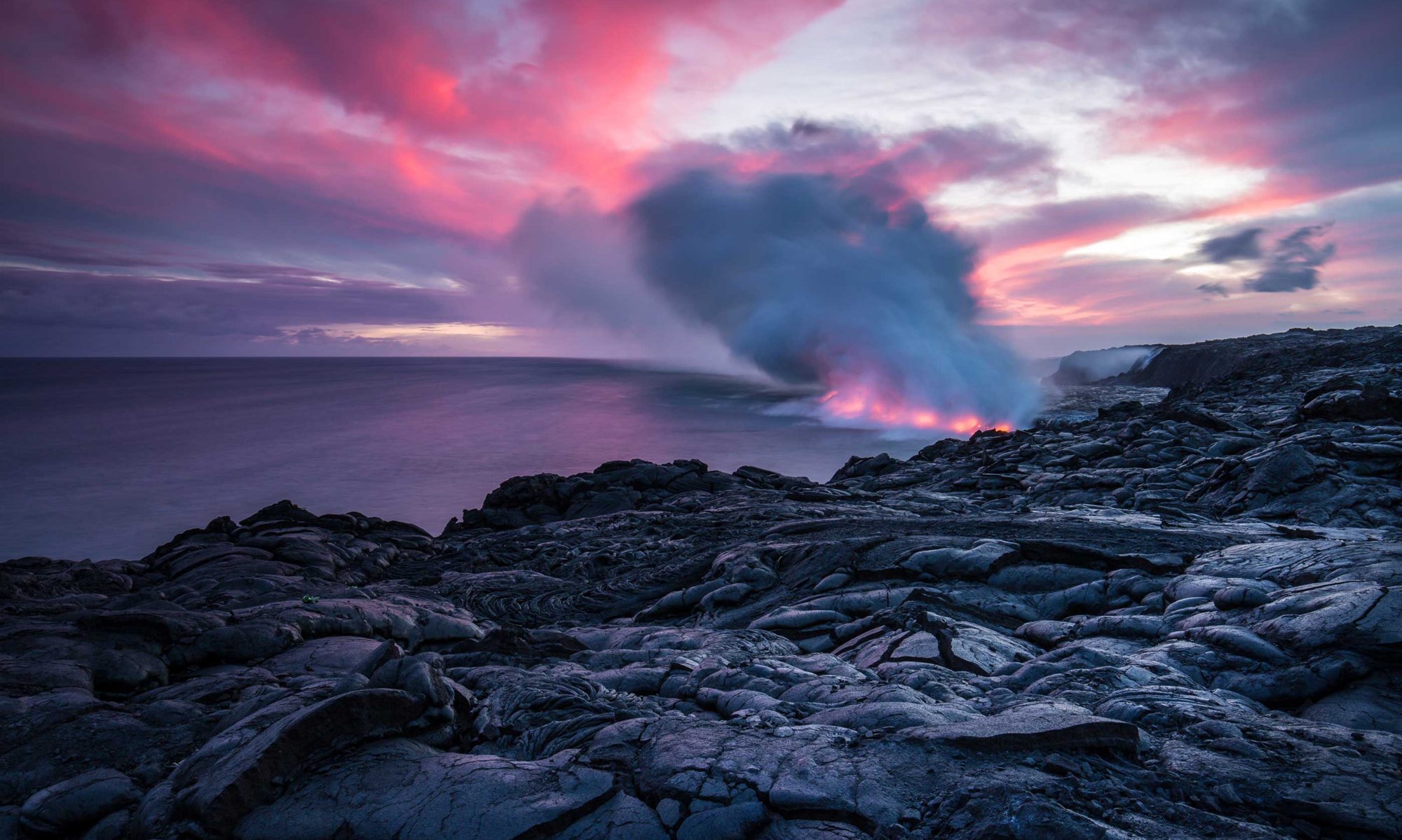A new study indicates that an extinct offshore volcano in Portugal could potentially store 1.2-8.6 gigatons of carbon dioxide, representing 24-125 years of the country’s industrial emissions. The method termed ‘in situ mineral carbonation’ allows CO2 to react with specific rock types to create new, safely stored minerals.
Continue reading “Extinct volcano for carbon capture”Brazil builds rings of carbon dioxide
Deep in the Amazon, Brazil is building a network of towers arrayed in six rings set to spray carbon dioxide into the rainforest. The purpose is to understand how the world’s largest tropical forest responds to climate change.
Continue reading “Brazil builds rings of carbon dioxide”New climate simulation technique
There is an urgent need for a detailed understanding of the future climate on our planet. To address these needs, a group of DOE-funded scientists recently produced a set of high-resolution scenarios that span a range of plausible changes in U.S. climate over the 21st century. This approach is called thermodynamic global warming (TGW).
Continue reading “New climate simulation technique”Environmental and economic risk hotspots
A new computational tool developed by researchers at the MIT Joint Program on the Science and Policy of Global Change finds specific counties in the United States that are particularly vulnerable to economic distress resulting from a transition from fossil fuels to low-carbon energy sources.
Continue reading “Environmental and economic risk hotspots”GHG emissions and wildfires
For the first time, US climate scientists have quantified the extent to which greenhouse gases from the world’s top fossil fuel companies have contributed to wildfires.
Continue reading “GHG emissions and wildfires”Forestry’s climate impact
According to a number of environmental groups, the true carbon cost of the forestry industry is being obscured by government accounting. Last month, the Commissioner of the Environment and Sustainable Development, an independent government watchdog within the auditor general’s office, upheld their long-standing argument.
Continue reading “Forestry’s climate impact”Can AI save the Amazon?
A new artificial intelligence tool called PrevisIA is predicting where deforestation in the Amazon will happen next. It was created by researchers at the environmental nonprofit Imazon. Instead of trying to repair damage done by deforestation after the fact, they hope to prevent it from happening at all.
Continue reading “Can AI save the Amazon?”Newly discovered undersea volcanoes
With only one-quarter of the sea floor mapped with sonar, it is impossible to know how many seamounts there are. However, radar satellites that measure ocean height can also find them, by looking for subtle signs of seawater mounding above a hidden seamount, tugged by its gravity. A 2011 study using the method found more than 24,000. High-resolution radar data has now added more than 19,000 new ones.
Continue reading “Newly discovered undersea volcanoes”East Antarctica ice has melted before
Sixty percent of the world’s freshwater is stored in Antarctica’s ice sheets. This equates to thirty million cubic kilometers of ice. If all of this ice was to melt, the seas would rise by 58 meters.
Continue reading “East Antarctica ice has melted before”Climate change vs. forests
A new study shows that climate change may undermine forests’ ability to store carbon and keep it out of the atmosphere. They found a wide range of estimates of potential carbon gains or losses in different regions, with some regions most at risk of losing forest carbon coinciding with locations of many forest carbon offset projects.
Continue reading “Climate change vs. forests”
